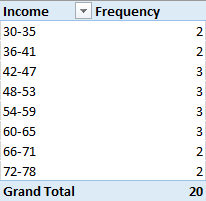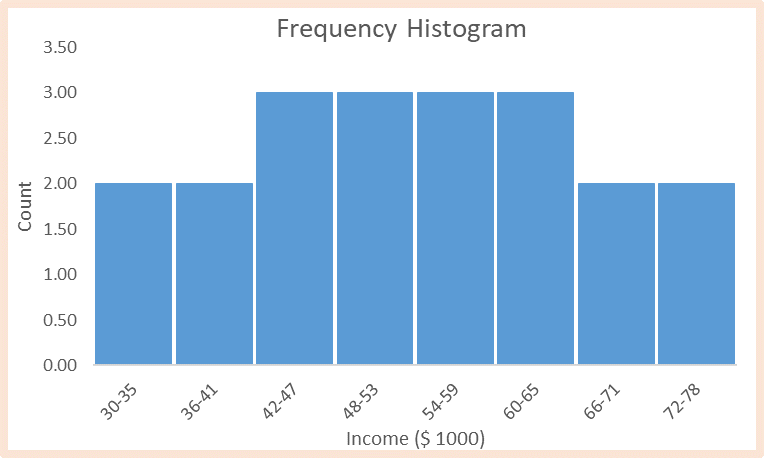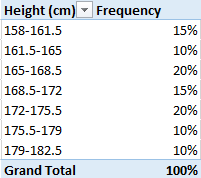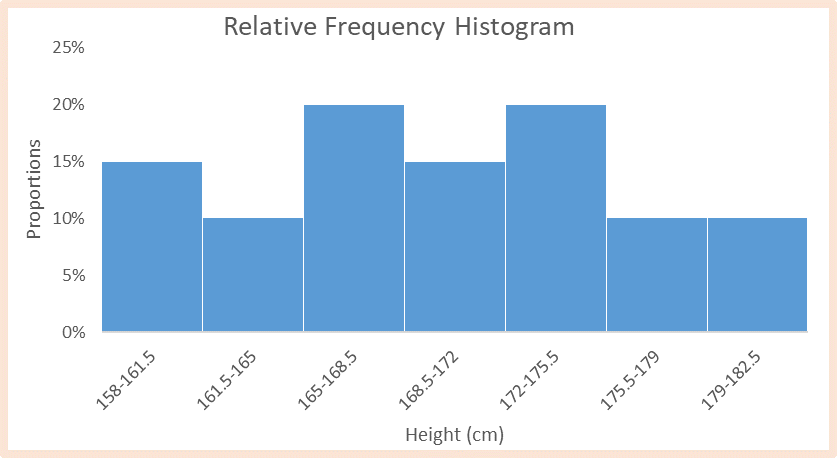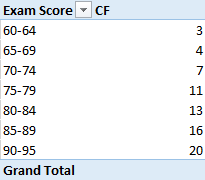Frequency distribution is a fundamental concept in statistics that helps in organizing and summarizing data. By presenting data in a tabular format, frequency distribution facilitates analysis and interpretation. In this blog post, we will delve into the basics of frequency distribution, explore different types, and provide examples to enhance understanding.
What is Frequency Distribution?
Frequency distribution is a foundational concept in statistics, serving as a methodical approach to organizing and analyzing data. At its core, frequency distribution entails categorizing data values based on how frequently they occur within a dataset. This categorization is typically presented in the form of a table, where each unique value (or range of values) is paired with its corresponding frequency or count.
Components
- Data Values: These are the individual observations or measurements within a dataset. They could represent anything from test scores and ages to product sales or temperature readings.
- Frequency: This refers to the number of times a specific data value occurs within the dataset. It quantifies the occurrence or repetition of each value and provides insight into its relative importance within the dataset.
Constructing a Frequency Distribution
- Identification of Data Set: The process begins by identifying the complete range of data values present in the dataset. This involves examining all the individual observations to determine the scope of the data.
- Categorization into Classes: Once the range of data values is established, it is divided into distinct intervals or classes. These classes are mutually exclusive and collectively exhaustive, ensuring that every data value falls into one and only one class.
- Counting Frequencies: Each data value is then assigned to its respective class, and the frequency of occurrences within each class is tallied. This involves counting the number of times each value falls within its designated class.
- Tabular Representation: The final step involves organizing the classes and their corresponding frequencies into a structured table format. This frequency distribution table provides a clear and concise summary of the distribution of data values within the dataset.
Significance and Utility
Frequency distribution serves several critical purposes in statistical analysis
- Pattern Recognition: By summarizing the distribution of data values, frequency distribution allows analysts to identify patterns, trends, and outliers within the dataset.
- Data Summarization: It provides a succinct summary of the dataset’s characteristics, making it easier to comprehend and interpret complex data.
- Decision Making: Frequency distribution informs decision-making processes by providing valuable insights into the distribution and frequency of various data values, aiding in forecasting, planning, and problem-solving endeavors.
In essence, frequency distribution serves as a cornerstone of statistical analysis, providing a structured framework for understanding the distributional properties of data and facilitating informed decision-making processes.
Types of Frequency Distribution
Frequency distribution manifests in various forms, each catering to specific data characteristics and analytical needs. Here are the primary types:
Simple Frequency Distribution
This type enumerates all unique data values in the dataset alongside their respective frequencies. It is ideal for datasets with a manageable number of distinct values and serves as the foundation for more complex distributions.
Example
Consider a dataset representing the ages of individuals in a population below:
The corresponding simple frequency distribution table would be:
Grouped Frequency Distribution
In cases where the dataset contains a large number of unique values, it becomes impractical to list each value individually. Grouped frequency distribution involves categorizing data values into intervals or classes and summarizing the frequencies within each interval. It enhances the manageability and clarity of analysis for datasets with extensive ranges of values.
Example
Suppose we have a dataset representing the heights (in inches) of students:
92, 84, 80, 83, 83, 72, 67, 79, 63, 65, 67, 67, 84, 63, 83, 72, 67, 81, 72, 60
Grouping these heights into intervals of width 5 yields the following grouped frequency distribution table:
|
Height (Inches)
|
Number of Students (Frequency) |
|
60-64
|
3
|
| 65-69 |
5
|
|
70-74
|
3 |
| 75-79 |
1
|
|
80-84
|
7 |
| 90-94 |
1
|
|
Total
|
20
|
Cumulative Frequency Distribution
This type provides insights into the cumulative distribution of data values by accumulating frequencies as one progresses through the classes. It presents not only the frequency of each class but also the cumulative frequency up to that point. It aids in understanding the overall distribution pattern and cumulative trends within the dataset.
Example
Consider a dataset representing the number of daily steps taken by individuals in a study shown below:
5234, 4463, 8847, 5172, 5872, 7029, 6820, 8815, 7841, 6020, 5393, 5063, 5826, 5534, 6574, 6753, 8784, 5338, 6354, 6571
From this data, we get the below cumulative frequency distribution table for a grouped data:
|
Steps Per Day
|
Cumulative Steps |
| 4463-4962 |
1
|
|
4963-5462
|
6 |
| 5463-5962 |
9
|
|
5963-6462
|
11 |
| 6463-6962 |
15
|
|
6963-7462
|
16 |
| 7463-7962 |
17
|
|
8463-8962
|
20
|
Relative Frequency Distribution
Unlike simple frequency distribution, which presents frequencies as absolute counts, relative frequency distribution expresses frequencies as proportions or percentages of the total dataset. It provides a standardized view of the distribution, facilitating comparative analysis. It allows for meaningful comparisons between datasets of varying sizes and serves as a basis for statistical inference and hypothesis testing.
Example
Let’s consider the below dataset representing the exam scores obtained by students in a given test:
Constructing a relative frequency distribution table:
|
Exam Score
|
Performance (Percentage) |
| 60-64 |
15%
|
|
65-69
|
15% |
| 70-74 |
5%
|
|
75-79
|
15% |
| 80-84 |
5%
|
|
85-89
|
10% |
| 90-94 |
5%
|
|
95-99
|
30% |
| Total |
100%
|
These examples demonstrate how different types of frequency distribution can be applied to diverse datasets, providing valuable insights into the distributional characteristics of the data.
Conclusion
Frequency distribution tables are invaluable tools for organizing, summarizing, and analyzing data in statistics. By understanding the types of frequency distribution and how to construct them, one can gain deeper insights into the distribution patterns of datasets, aiding in decision-making and problem-solving in various fields.

